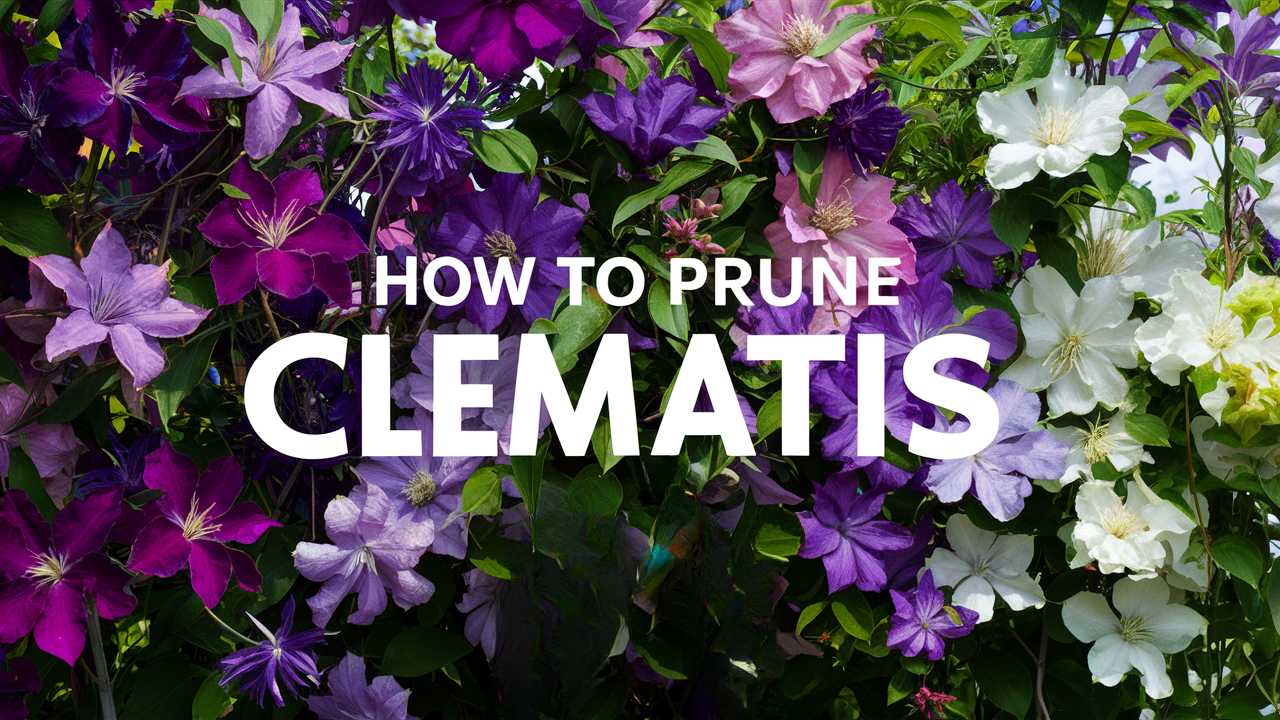In this comprehensive guide, we’ll explore the art and science of pruning clematis, covering everything from why it’s important to step-by-step instructions for various pruning techniques. So, let’s elevate your gardening game and learn how to effectively prune clematis!
Understanding Clematis: Types and Blooms

Before we dive into the specifics of pruning, it’s crucial to understand the types of clematis. There are over 300 species of clematis, and they can be categorized into three primary pruning groups based on their flowering habits.
Group 1: Early Bloomers
These clematis bloom on old wood, which means they flower on growth from the previous year. Common varieties include:
Clematis montana: Known for its vigorous growth and abundant flowers, it’s perfect for covering large spaces.
Clematis alpina: This is a smaller variety, producing delicate blooms in early spring.
Group 2: Summer Bloomers
Group 2 clematis flowers are produced on both old and new wood. Among these are:
Clematis jackmanii: A favorite for its rich purple flowers that bloom from late spring to early fall.
Clematis viticella: This variety blooms later in the summer and is appreciated for its resilience.
Group 3: Late Season Blooms
These clematis varieties bloom on new wood, so they require more significant pruning:
Clematis texensis: A lovely Texas native that produces bell-shaped flowers.
Clematis ‘Nelly Moser’: Known for its large, striking flowers that appear in summer.
Understanding which group your clematis falls into is crucial for effective pruning. It ensures that you’re not removing potential blooms before they have a chance to flourish.
Why Prune Clematis?

Pruning is not just a garden chore; it’s a fundamental practice that affects the vitality and appearance of your clematis. Here are several reasons why you should make it a regular part of your gardening routine:
Encouraging Healthy Growth
Pruning encourages new growth, allowing your clematis plant to rejuvenate each growing season. By removing old, dead, or diseased wood, you allow more energy to be directed towards the healthy parts of the plant.
Enhancing Flower Production
When you prune clematis correctly, you encourage more blooms. This is especially true for Group 2 and 3 varieties, which benefit from seasonal trimming that removes spent flowers and stimulates new growth.
Managing Size and Shape
Clematis can be vigorous and may grow out of control if left unpruned. Regular pruning helps maintain desired shapes and sizes, preventing them from overshadowing other plants in your garden.
Preventing Disease
By removing damaged or diseased stems, you reduce the risk of fungal infections and other plant diseases that can spread from weakwood to healthy plants.
The Best Time to Prune Clematis
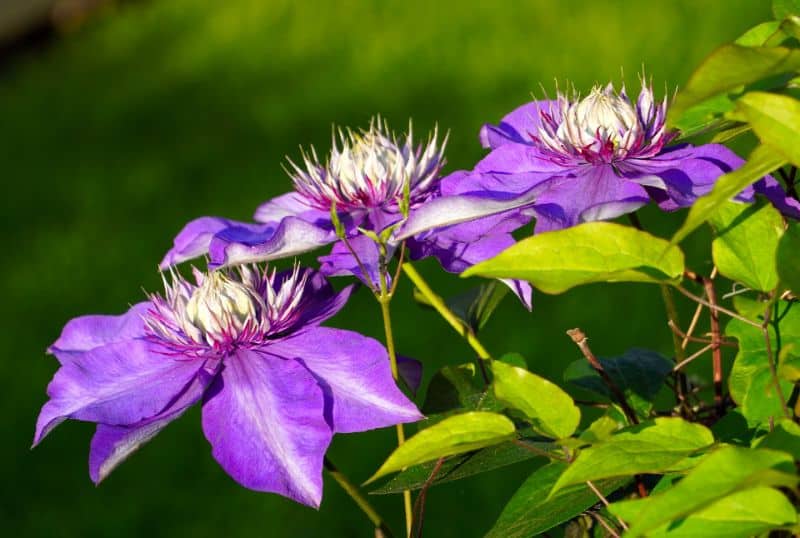
Timing your pruning is crucial for maximizing the health and bloom potential of your clematis. Here’s a breakdown of when to prune depending on the group your plant falls into:
Group 1: Early Bloomers
For these plants, late spring after flowering is the best time to prune. Cut back just after the blooms fade, removing any dead or diseased material while keeping most of the healthy stems intact.
Group 2: Summer Bloomers
For Group 2, aim to prune in late winter or early spring before new growth begins. At this time, remove dead wood and clip back last year’s growth by about one-third to ensure robust new growth and blooms.
Group 3: Late Season Bloomers
These clematis should be pruned hard in late winter or early spring. Cut back to around 12 to 18 inches above the ground, focusing on removing any dead or weak stems. This dramatic pruning will promote vigorous new growth and a bountiful flower display!
Step-by-Step Pruning Guide
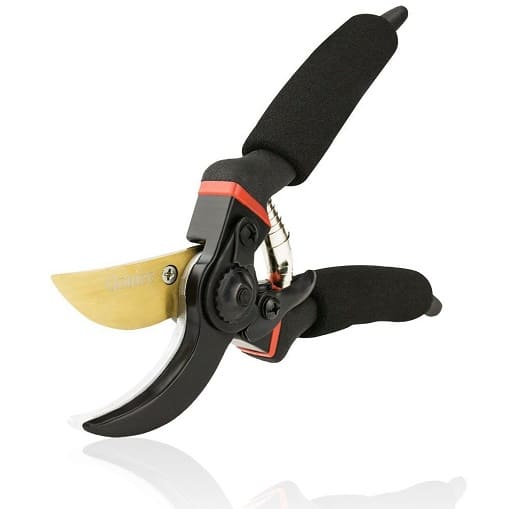
Ready to get your hands dirty? Let’s walk through an easy-to-follow step-by-step guide to prune clematis based on their specific pruning needs.
Step 1: Gather the Right Tools
Good pruning starts with the right tools. Here’s what you’ll need:
Bypass pruners: Ideal for making clean cuts on stems.
Loppers: Useful for cutting thicker branches.
Gloves: Protect your hands from thorns or rough surfaces.
Disinfectant: To keep your tools disease-free.
Step 2: Assess Your Plant
Before you start snipping away, take a close look at your clematis. Identify old wood, dead stems, and the points where the blooms appeared previously. Understanding your plant’s structure will guide your pruning process.
Step 3: Remove Dead or Diseased Wood
Start by cutting back any dead or diseased material. If you notice any brown areas or mushy stems, remove those sections to prevent the spread of disease.
Step 4: Make Strategic Cuts
Depending on the group your clematis belongs to, make appropriate cuts:
For Group 1: Shorten the stems after flowering while maintaining the overall structure.
For Group 2: Cut back last year’s growth by one-third.
For Group 3: Cut down all stems to around 12-18 inches above ground level.
Step 5: Shape Your Plant
After removing unwanted stems, take a moment to shape your clematis. Remove any branches that are crossing or growing inward towards the center of the plant. This will enhance air circulation and light penetration, promoting better growth.
Step 6: Clean Up
Once you’ve finished pruning, clean up any clippings and debris. This is not just for aesthetics; it prevents diseases from lingering in your garden.
Special Considerations for Different Environments
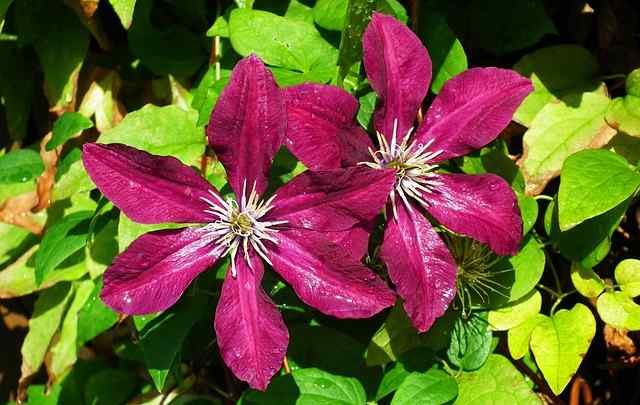
Clematis often thrive in various environments, but different settings may require tailored pruning methods. Here’s how to adjust your approach based on the conditions.
Container-Grown Clematis
If your clematis is in a container, you might consider more frequent pruning as they can become root-bound. When achieving the ideal size for your clematis, always prune during the appropriate season for its grouping. Container-grown plants can often be pruned harder than those planted in the ground since they don’t have to compete with soil nutrients.
Clematis in Shady Areas
If your clematis is planted in a shaded area, you might need to prune more aggressively. Fewer sunlight hours can lead to weak growth, so trimming back can stimulate stronger stems and more robust blooms.
Climbers Versus Shrub-Like Clematis
Clematis that are more shrubby in appearance may require different pruning techniques than those that climb. Shrubby types benefit from hard pruning in early spring. Regularly assess their shape and prune as necessary, but be careful nearing flowering times to avoid removing potential blooms.
Troubleshooting Common Problems
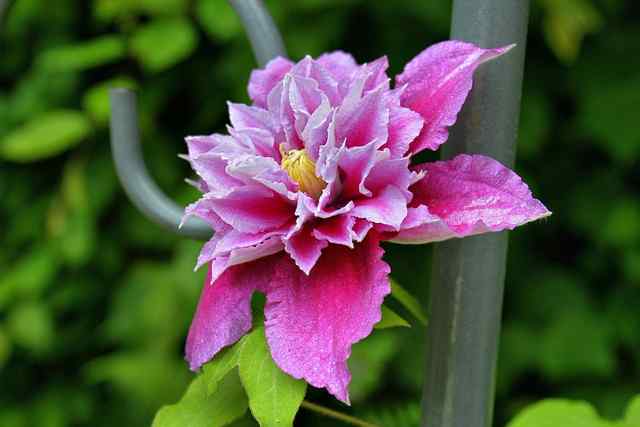
Even with careful pruning and care, you might encounter issues with your clematis. Here are some common problems and potential solutions:
Thin or Sparse Blooms
If your clematis is producing few flowers, reconsider your pruning strategy. Ensure you are pruning at the right time for its group, and consider if there’s enough sunlight. Some clematis lines may also benefit from a bit of fertilizer in early spring for a nutrient boost.
Wilted or Yellowing Leaves
This condition could indicate a disease or improper watering. Check the stems and leaves for signs of disease, and adjust your watering practices. Let the top inch of the soil dry out before rewatering to prevent root rot.
Pests
Clematis are susceptible to pests like aphids, slugs, and snails. If you see signs of infestation, consult a pest management guide to utilize eco-friendly methods for control. Regular cleaning and pruning can help you catch these pests before they cause significant damage.
Pruning Clematis: Best Practices
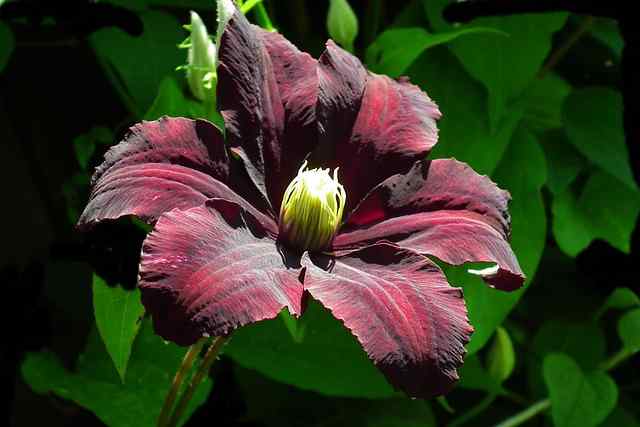
Effective pruning is an art form that requires attention to detail and a bit of finesse. To master the technique, consider the following best practices:
Take Your Time
Rushing through pruning can lead to mistakes. Take your time to understand your plant and make clean, deliberate cuts.
Don’t Be Afraid to Experiment
Every gardener has their unique approach, and sometimes trial and error leads to the best practices for your specific environment. Don’t hesitate to adjust your techniques based on your observations.
Stay Updated
Stay informed about new tools, methods, and plant care practices. Engage with gardening communities online or local clubs for fresh insights and tips.
Conclusion: The Rewarding Experience of Pruning Clematis
Pruning clematis might seem like a daunting task, but it is, in reality, one of the most rewarding aspects of caring for these beautiful plants. By understanding the different types of clematis and how to prune them effectively, you’ll not only enhance your garden’s beauty but also foster a productive, thriving environment for these magnificent blooms.


